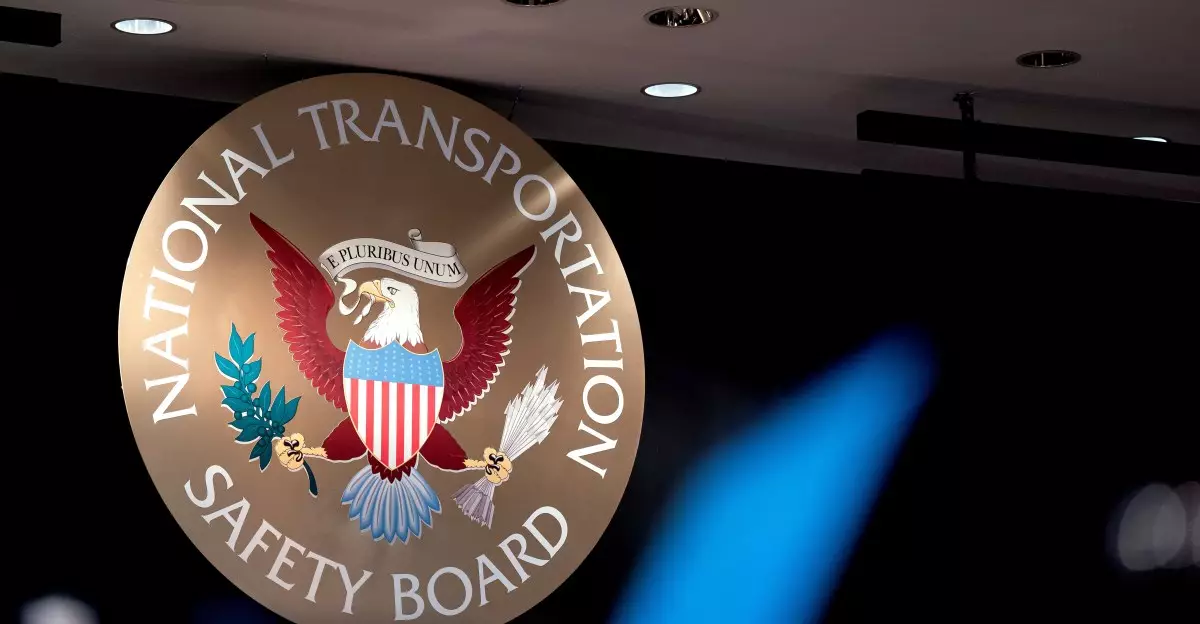In an era increasingly dominated by digital media and social platforms, government agencies are redefining how they engage with the press and the public. Recently, the National Transportation Safety Board (NTSB) announced a significant policy shift regarding its media communication practices, particularly concerning updates about critical incidents such as plane crashes. This decision reflects broader trends in governmental communication strategy, as agencies adapt to manage public information more efficiently and respond to a rapidly evolving media landscape.
On a recent Saturday, the NTSB declared its intention to provide updates exclusively via its Twitter account, @NTSB_Newsroom, for press reports related to plane crashes in Washington, DC, and Philadelphia. This change underscores a growing tendency among organizations to leverage platforms like Twitter, which enable instant dissemination of information to a broad audience. However, the agency’s limitation of communication to a single platform raises questions about accessibility for various stakeholders, particularly smaller media outlets that may not have the same reach or resources as larger entities.
While the NTSB claims that its goal is to “better manage” the volume of incoming inquiries about the incidents, the decision to rely solely on a private, commercial platform for government communication invites scrutiny. Such a strategy seems to prioritize expediency over comprehensive engagement with the media, potentially undermining transparency and accountability. It is also noteworthy that the agency encourages reporters to direct other inquiries to their media relations email, which could result in further delays and complicate the process of getting timely information.
The NTSB’s policy transition is not an isolated incident but rather a part of a larger trend seen across federal institutions. Reports indicate that the U.S. Department of Defense (DoD) is undertaking its media policy changes, including the controversial removal of major news outlets from Pentagon workstations. Instead, the DoD is instituting an “annual media rotation program” that favors conservative news organizations, which raises concerns about media diversity and the representation of multiple perspectives in government communications.
These concurrent changes hint at a concerted effort to reshape the narrative surrounding government operations, especially as governmental bodies explore new ways to control information flow and manage public perception. The implications of relying on specific media outlets, or platforms, can significantly affect the diversity of viewpoints represented in the discourse surrounding critical national issues.
As the Trump administration initiates investigations into prominent media outlets, the intersection between governance and media continues to evolve. There is an evident tension between a government’s responsibility to inform the public and the strategies it employs for managing communication. While it is essential to streamline how information is disseminated, ensuring that all voices are heard in this process is equally crucial.
Ultimately, the decisions being made by agencies like the NTSB and the DoD call for a re-examination of how government bodies interact with the press and their obligations to uphold transparency. In a democratic society, voters and citizens must have access to reliable information from multiple sources, and shifts toward more restrictive communication practices could threaten that access. The digital age necessitates a careful balance between efficiency and openness, one that government agencies must navigate with discernment.

